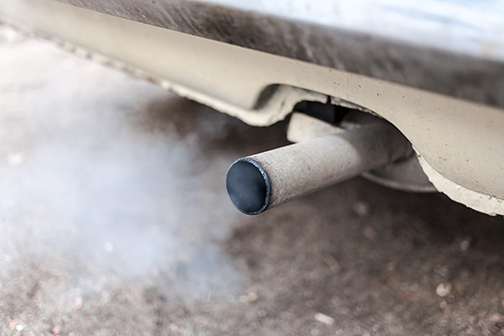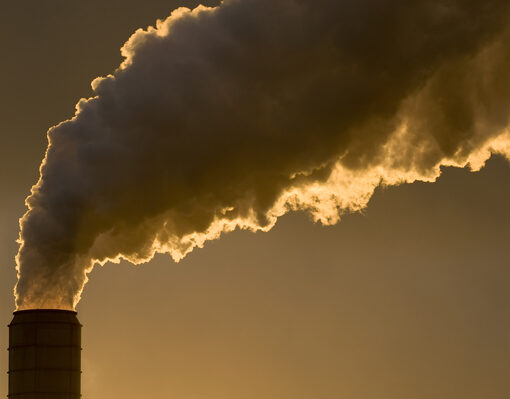Protect communities: Declare extreme heat and wildfire smoke as major disasters!
The climate emergency is harming health in many ways. Last year’s deadly heat waves and raging wildfires that clouded cities in toxic smoke are proof enough.
The Federal Emergency Management Agency is failing to prepare and protect communities from the climate emergency. Driven by climate change, extreme heat and wildfire smoke have yet to be considered disasters, which means resource-strapped states, cities and communities must fend for themselves without federal support.
Dangerous heat and wildfire smoke events are becoming more frequent, and it’s about time FEMA recognize them as major disasters. This would unlock essential funds to build life-saving cooling centers, air filtration systems, and rooftop and community solar systems that are necessary to break the cycle of fossil-fueled disasters.
Urge FEMA to protect communities by declaring extreme heat and wildfire smoke as major disasters!
Send a message to Administrator Deanne Criswell by completing the form below.
More Information
In addition to the actions that FEMA can take, there is more work that can be done by other federal agencies and local governments to protect against the harms from extreme heat, especially for outdoor workers. These include:
The Occupational Heat Safety Standards in the United States map developed by the National Resources Defense Council (NRDC) provides national and state snapshots of existing occupational heat standards, heat standards under development, and active heat standard legislation.
In 2023, the Occupational Safety and Health Administration (OSHA) completed a congressionally mandated small business review of regulatory options around developed a federal heat stress standard to protect outdoor workers, which is a big step toward a formal standard. In a letter led by NRDC, ANHE and 32 other organizations urged OSHA in joint comment letter to stay the course on heat protection measures for workers —including specific water, shade, rest, training, and emergency response protocols.
The American Association of Occupational Health Nurses position statement “The Occupational Health Nurse’s Role in Protecting Workers from Heat-related Illness”




